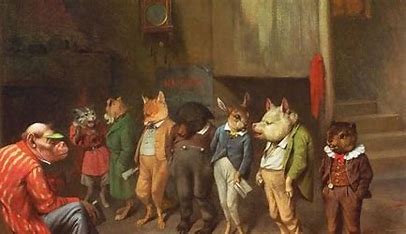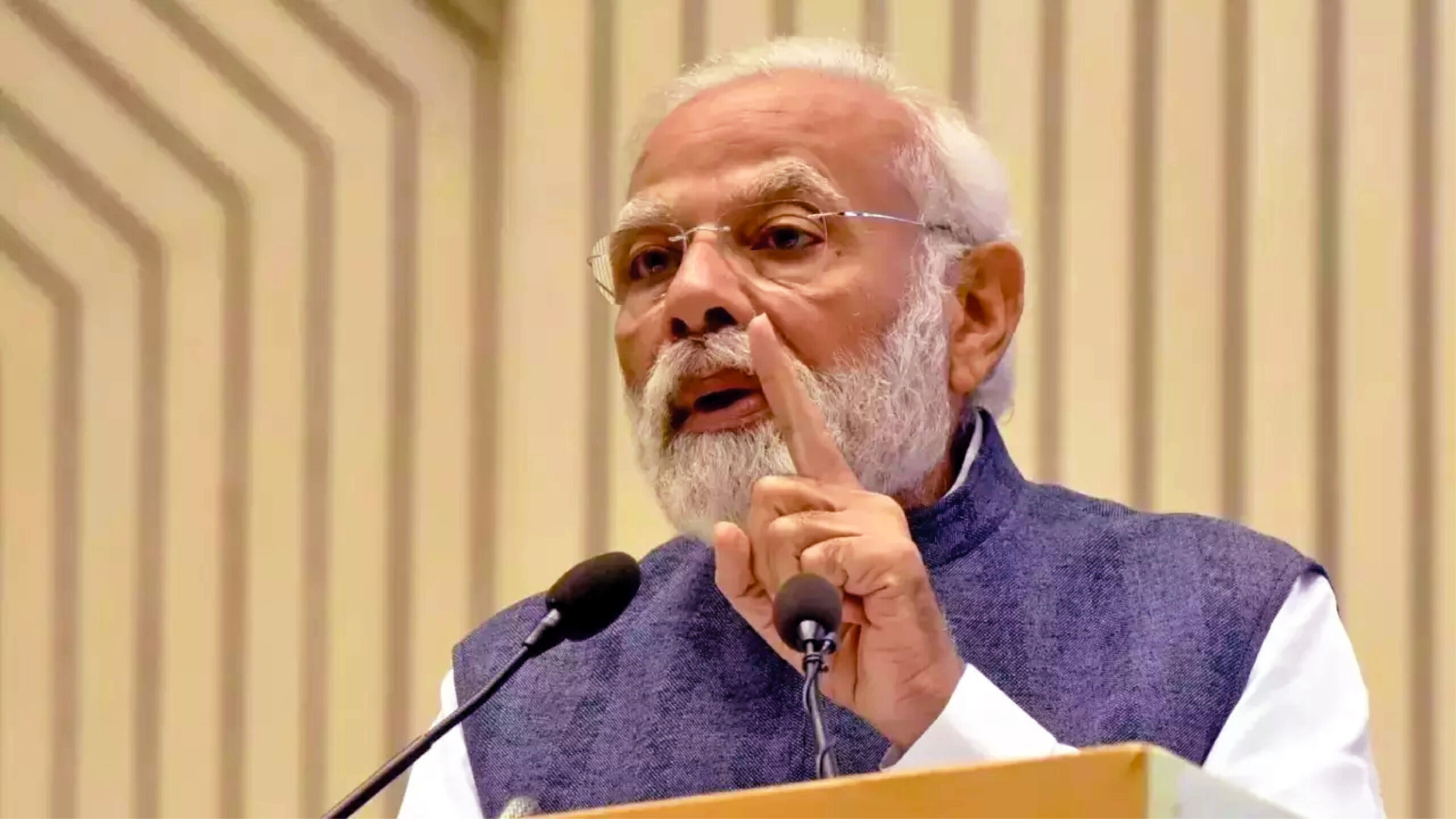
We all want to be good but none of us can ever be all good. Such is the nature of human existence that at some point our actions can’t be called good in the normal way. Simply put, we all make mistakes.Do we become bad people because we made mistakes? One way to solve this conundrum might be through the question of intentions or sankalpas.
That is, when we do something bad were our intentions good. Were our bad actions the result of a particular set of adverse circumstances and not wrong intentions? Being so, are we then good human beings?
Let’s understand more through two perspectives:
Intentions: Perspectives from the Katha Upanishad and the Mahabharata
The Katha Upanishad has a particular story of Nachiketa’s encounter with Yama. But for our purposes, the character we need to look at is Vajashravas, Nachiketa’s father. The story goes that Vajashravas decided to renounce his wealth and enter sanyasashrama. So, he organised a huge yagya. But as he saw his cattle being driven away by unknown men, attachment filled his heart. Vajashravas then began to donate only the sick and old heads of cattle. Clearly his intentions had changed driven by greed and attachment.
While Vajashravas was wealthy, our second character, Saktu Prasad was a poor priest who lived during King Yuddhishtra’s rule. One day as Yudhisthir organised a charity donating copious amounts of wealth; he saw a golden mongoose run past the treasury. He chased the mongoose to understand the mystery behind its golden appearance. The mongoose fled and Yudhisthir was perplexed. Sage Narada then came down to explain things to Yudhisthir. Narada explained that not far from Yudhisthir’s palace lived a poor priest, Saktu Prasad and his family. The priest and his entire family of ten people got by with a single fist of rice every day. One day a hungry, orphan child came to them asking for food. Despite the hungry faces of his family members Saktu Prasad donated the handful of rice to the child.
Then when this mongoose was scampering nearby, Saktu Prasad touched it and such was the power of his good, kind intentions or sankalpas that wherever Saktu Prasad’s fingers touched the mongoose its fur turned golden. Narada explained that both Yudhisthir and Saktu Prasad had performed the same karma of dana or charity. But the one with the superior intention was Saktu Prasad who simply wanted to help the orphanchild. While both Vajashravas and Yudhisthira’s intent was coloured by the need to be seen and known as kind and generous.
The Takeaways:
=Sometimes your actions or your karmas may not be called good by others. But if it is the right thing to do at that time, do it. A parent scolding a child to correct the child may seem a harsh action but the intention is one of love and care.
=Always try to avoid the intention to harm anyone: avoid unfair criticisms, harsh words, jealous thoughts and deceptive actions.
=Practise setting positive life goals and intentions for yourself: help where you can, work with a selfless attitude and strive for the betterment of people around you.
=Being nice is not the same thing as being good. Being good means you have to take difficult decisions and actions to do the right thing.
Your intentions or sankalpas have a profound impact on your karmas. Intentions can also help you navigate the moral dilemmas of life. Whenever you are in a tough spot in life, ask yourself if the intentions behind your actions were correct. If yes, then take succour from the fact that you had to do what needed to be done at that time.
Dr Hansaji Yogendra is the director of The Yoga Institute. She is also the president of the Indian Yoga Association and the International Board of Yoga.















